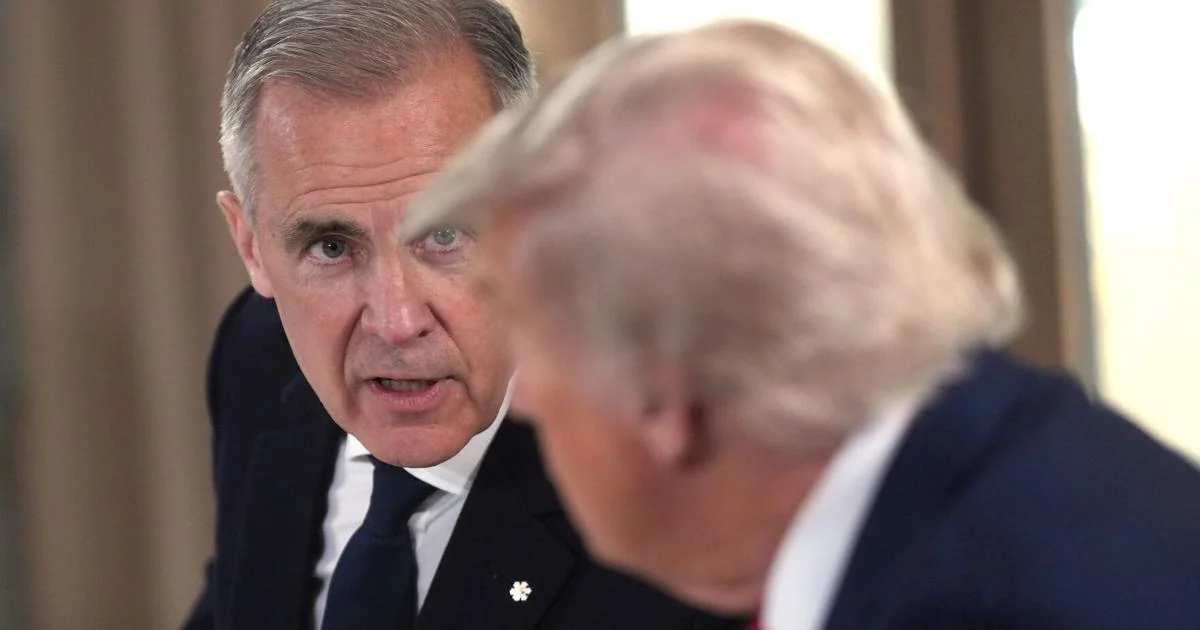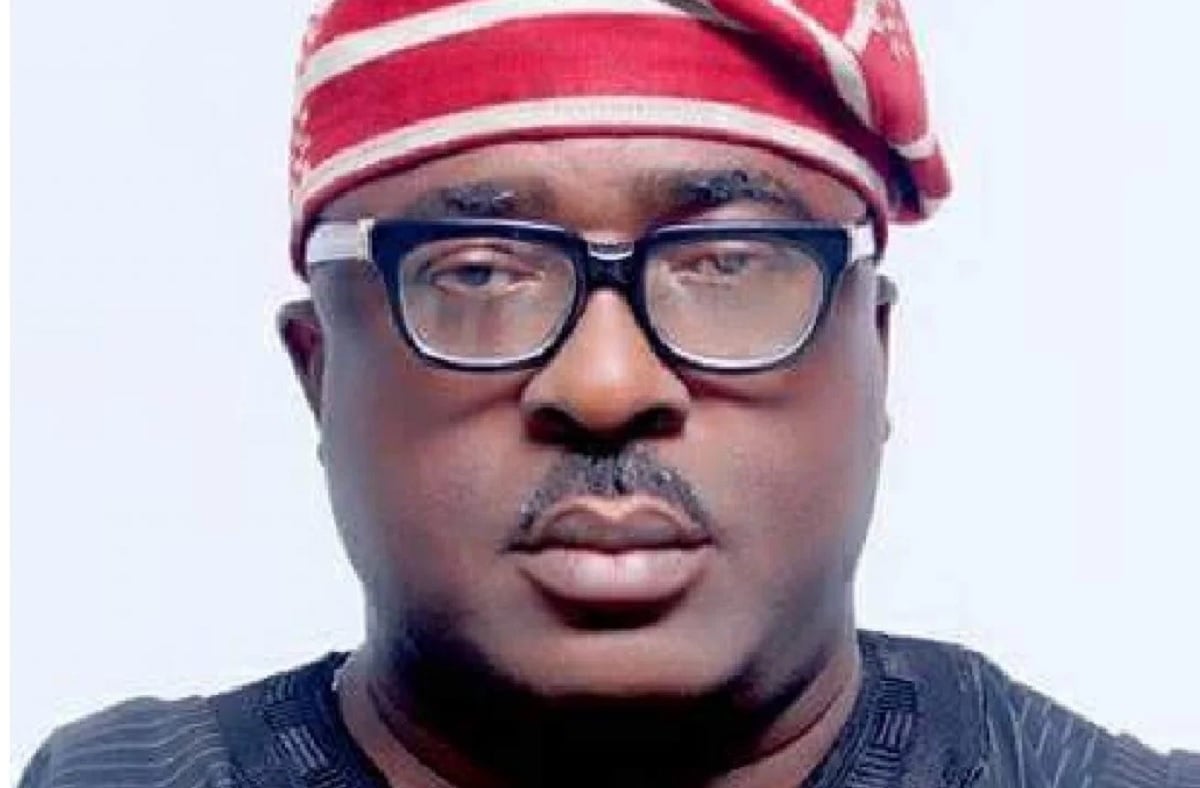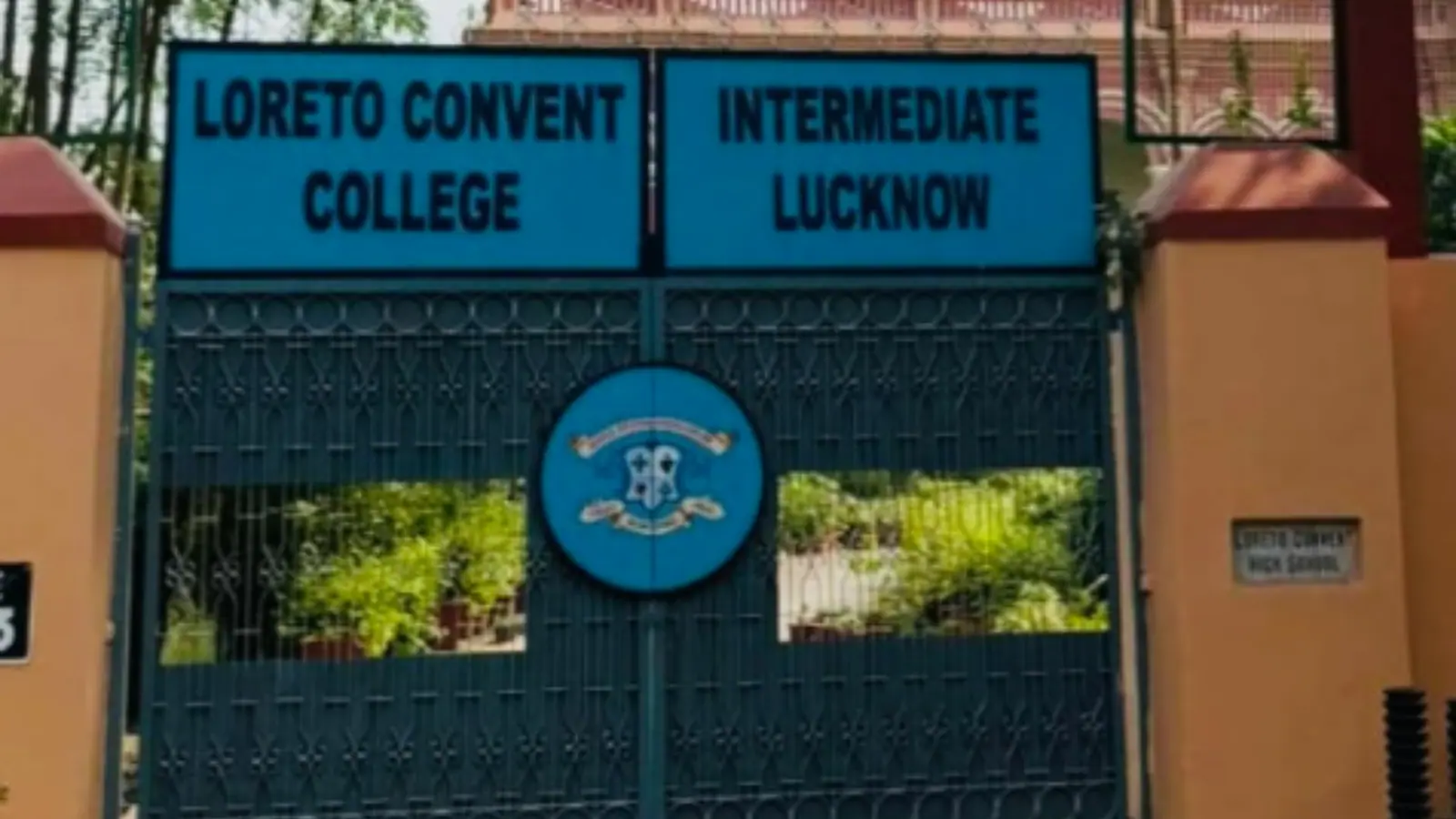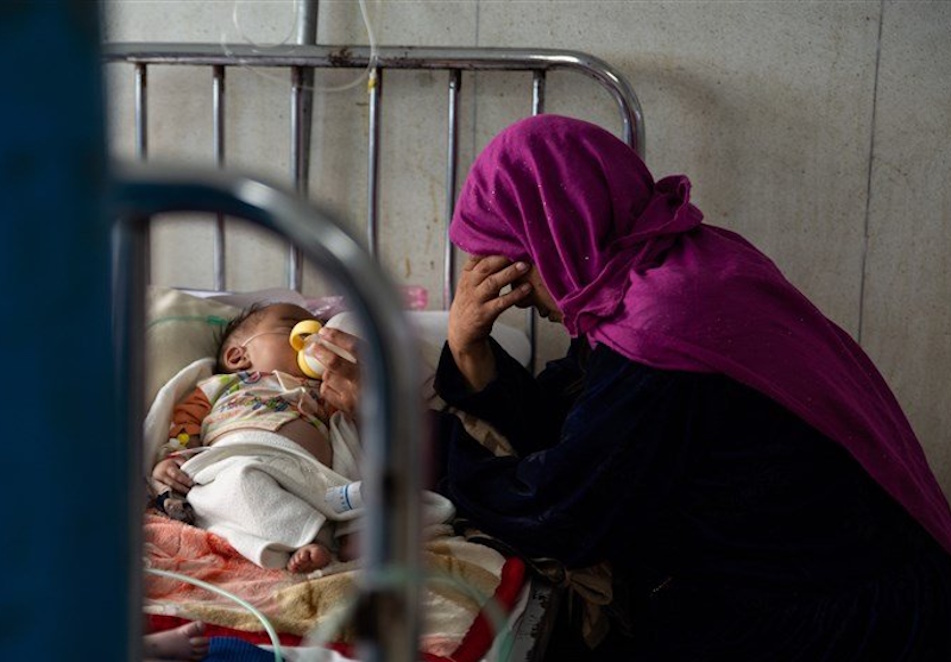Copyright thestar

On Nov. 4, the government will unveil its first budget under Prime Minister Mark Carney — and the knives are already out. Interim Parliamentary Budget Officer Jason Jaques has warned that the deficit could swell to $68.5 billion, up from $51.7 billion last year. “The path that we’re on right now isn’t sustainable,” he said. Others expect a bigger number. The University of Ottawa’s Institute of Fiscal Studies and Democracy projects a deficit between $75 and $90 billion, while the C.D. Howe Institute puts it at $92 billion. “It wouldn’t be surprising to see the deficit jump toward $80 billion,” BMO senior economist Robert Kavcic noted. These warnings arrive amid a rough global backdrop. U.S. President Donald Trump’s new tariff regime has disrupted trade and hit Canada hard. Carney’s first budget will therefore be more than a fiscal statement — it’s a chance to respond with a bold plan to reshape Canada’s economy, spur growth, and create jobs. Rethinking ‘fiscal responsibility’ Because Carney has promised not to cut transfers for health care, education, or income support, a large deficit should surprise no one. But that doesn’t make it reckless. Fiscal responsibility is not about balancing the books at all costs; it means spending when necessary and holding back when it is not. Now is precisely the time to invest strategically — to reduce Canada’s dependence on the U.S. and diversify both what we produce and where we sell it. As former Parliamentary budget officer Kevin Page put it, “The government’s message on fiscal responsibility is that there is a need for more debt to help drive domestic economic growth and get to a more balanced relationship with the U.S.” During his leadership bid, Carney pledged to split the federal budget into an ‘operating’ and a ‘capital’ side — with the day-to-day operating budget balanced within three years. He’s now following through. Critics, however, call this an accounting sleight of hand. “Mark Carney is planning to cook the books with a sneaky accounting trick,” Conservative leader Pierre Poilievre charged, arguing it’s a way to move billions in new spending off the books. In reality, the key question is not the size of the deficit but how the government chooses to finance the investment Canada needs. The three options: cut, tax, or borrow There are only three ways to pay for new spending: find savings, raise taxes, or borrow. Everyone likes the idea of cutting waste, but there’s usually little ‘fat’ to trim. Efficiency drives sound good on paper; in practice, they rarely deliver big money. The real opportunity lies on the revenue side. Canadians for Tax Fairness estimates that wealthy individuals and corporations have parked about $682 billion in offshore tax havens. The Tax Justice Network says that costs Canada over $15 billion a year in lost government revenue. So that’s one clear source of potential new revenue. A second comes from the ‘tax gap’ — money owed but never collected. According to the Canada Revenue Agency, between $18 and $23 billion in taxes go unpaid each year, roughly seven to nine per cent of total federal revenue. Stronger enforcement could bring much of it back. Then there’s the idea of a wealth tax. The Parliamentary Budget Officer estimates that a progressive levy — one per cent on fortunes over $10 million, two per cent over $50 million, and three per cent over $100 million — could raise roughly $23 billion annually. Ottawa may hesitate to go that route, but it’s an option on the table. Finally, Canada’s corporate tax rate, at 15 per cent, remains among the lowest in the developed world. The U.S. rate is 21 per cent. Raising Canada’s rate to that level on taxable income over $100 million would yield around $10 billion a year, according to the PBO. That’s a fourth credible revenue source. Why borrowing isn’t reckless Even with new revenues, borrowing will still be needed — and that’s fine. Canada’s fiscal position is among the strongest in the G7. The federal debt-to-GDP ratio sits around 40 per cent, well below most peers. The deficit in early 2025 was just 1.2 per cent of GDP, compared with roughly six per cent in the U.S. Ottawa still enjoys an AAA credit rating, and yields on five- to ten-year bonds hover around 2.85 per cent. In short, Canada has fiscal room to borrow for productive investment. Another option, more controversial but worth understanding, is for the Bank of Canada to buy government securities directly — a process known as overt monetary financing. Critics dismiss it as ‘printing money,’ but it’s essentially the government borrowing from itself. The interest it pays goes back into public coffers. Would that cause inflation, you ask? Not necessarily. Inflation arises when total spending exceeds the economy’s capacity to produce goods and services — not simply because more money exists. As Modern Monetary Theory argues, the true constraint isn’t money but resources: workers, factories, and materials. Money creation happens constantly anyway. The supply expands when the government makes payments or banks issue new loans, and contracts when taxes are paid or loans repaid. Each year, Canada’s money supply typically grows by about five per cent — roughly $140 billion — mostly from bank lending. If the Bank of Canada holds its policy rate steady, most of that annual increase could instead come from government borrowing from the central bank. The overall money supply would grow no faster than usual, creating no added inflationary pressure. A defining test The Nov. 4 budget will be a defining test for Carney’s government. This budget should not be judged by its bottom line but by its vision — whether it lays the groundwork for a stronger, more self-reliant economy less vulnerable to U.S. shocks and global trade tensions. A deficit can be dangerous when it funds consumption. It can also be the smartest investment a country makes when it builds the foundation for future prosperity. The choice for Carney is clear: don’t just spend — build. And this, I believe, is what the government appears determined to do.



